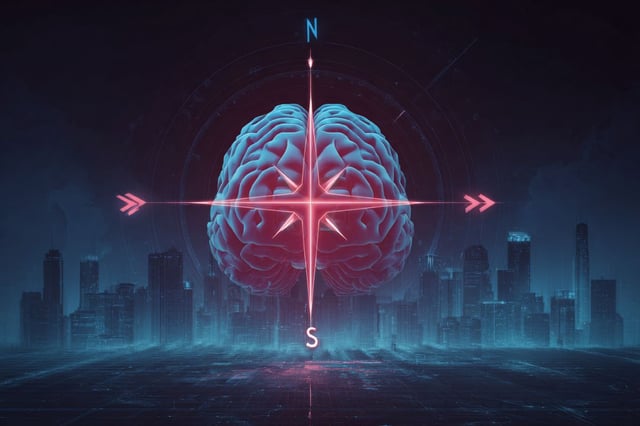Overview
- Neuroimaging showed two brain regions consistently represented a person's forward-facing direction across different scenes, task phases, and locations in a virtual city.
- The directional code referenced the environment's north–south axis, indicating a global frame of orientation rather than local visual cues.
- Participants performed pickups and drop-offs in an immersive taxi-driving simulation while their brains were scanned.
- The authors describe these signals as a neural compass that supports stable orientation during navigation.
- The peer-reviewed study appears in the Journal of Neuroscience (DOI: 10.1523/JNEUROSCI.1765-24.2025), and the researchers say the signals could aid detection or monitoring of disorientation in neurodegenerative disease.

